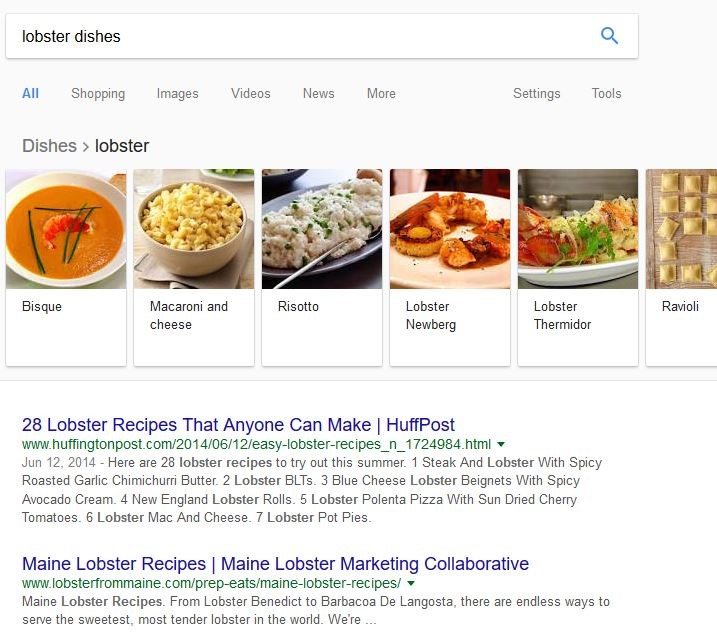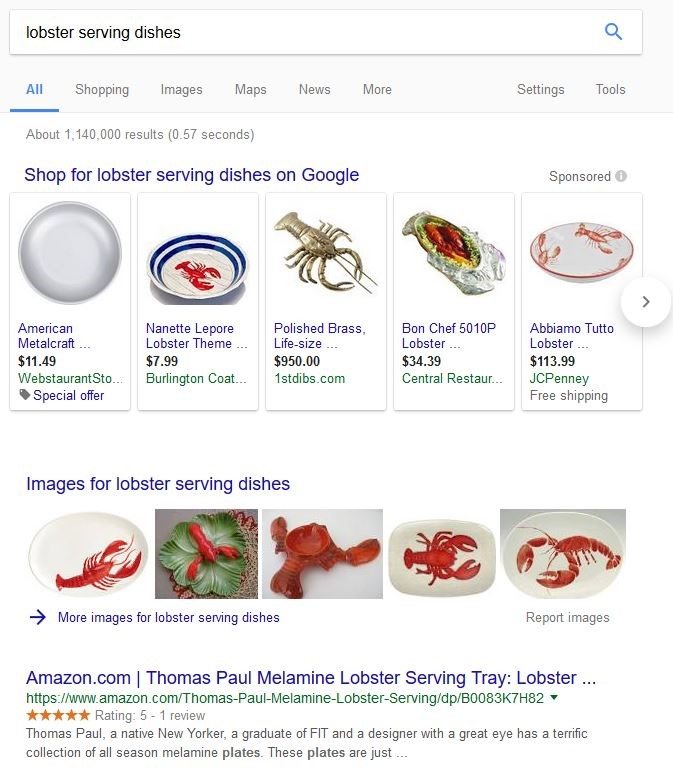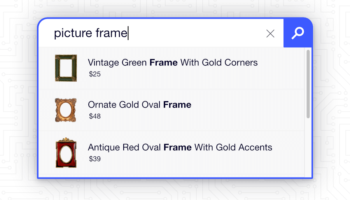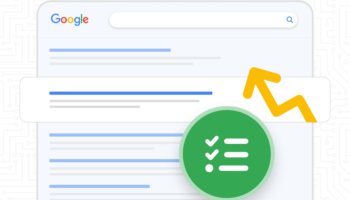Search intent is a key component for Search Engine Optimization (SEO) to make sure you are targeting the correct user and space. In this blog post I will use one example to show how a key term can be used incorrectly and how to find an accurate match of terms and intent.
What is Search Intent?
Search intent is understanding what a user is looking for when using a term in a Search Engine. Search intent can be a variety of things such as looking for blog posts, recipes, products, or articles. It is important to ensure that the key terms used in your Title Tag and Meta Description are accurately matching the style of results that you want to appear for.
Key Terms and Intent
Have you ever been searching for something on Google and been frustrated by the results being irrelevant to what you are looking for? This can be very aggravating not only for a user but also for a business that is not having luck increasing conversions or goal completions on their website.
Here is an example of how you can optimize for the wrong intent. If I was optimizing a product that was a lobster dish, I would look at the key terms used in the content and use Google Keyword Planner to help see the average monthly searches and which terms are most likely to be seen by a user. For this example, I typed in “Lobster Dishes” and “Lobster Serving Dish” to see which was higher. As you can see in the image below, “Lobster Dishes” has a higher number of monthly searches. So, you may think that it’s the best term to target in your Title Tag and Meta Description to help get the largest amount of traffic.

However, this is where checking search intent is crucial. If you don’t check, you may be using a term with a high search volume where it is irrelevant to the other search results and what the user is looking for. Below, see the two images for the search results of these two terms in Google and view the intent of the term.

As you can see, using the term “Lobster Dishes” for a Dish with lobsters on it does not have the correct search intent. The intent for “Lobster Dishes” are recipes with lobster in them.

If I were to target the term “Lobster Serving Dishes,” although it has a lower monthly search volume, the intent is correct. The results for this term are places where you can shop and purchases dishes with lobsters on them.
The results for these two terms highlight the importance of checking search intent. If I hadn’t searched for the intent of these two terms, I would have thought it was better to target the one that more users were searching for, “Lobster Dishes.” However, this would be unhelpful since the intent of the term would be incorrect.
Why Search Intent Is Important
If you are trying to drive traffic to your website or to a client’s website, you want to make sure you are optimizing your pages correctly. If you use terms with the right intent, you will be in the correct space to drive traffic to your site. If you did show up for a term with the wrong intent, it is likely that users would not click on your link or would immediately leave after landing on the page. This would be unhelpful in driving traffic or increasing goal completions.
In this basic example, I used two key terms to display the importance of checking monthly search volume and search intent. These are aspects you want to be checking for every optimization that is done. Checking search volume and intent provides a great starting point for optimizations. However, as we know in SEO you can play with key terms and adjust the order to figure out the best match of search volume and intent. I have provided this as an example of one way search intent can either match your target or be incorrect. However, there are many ways in which this can occur. Remember to add your own steps to this process to figure out what works best for you and the pages you are optimizing.





